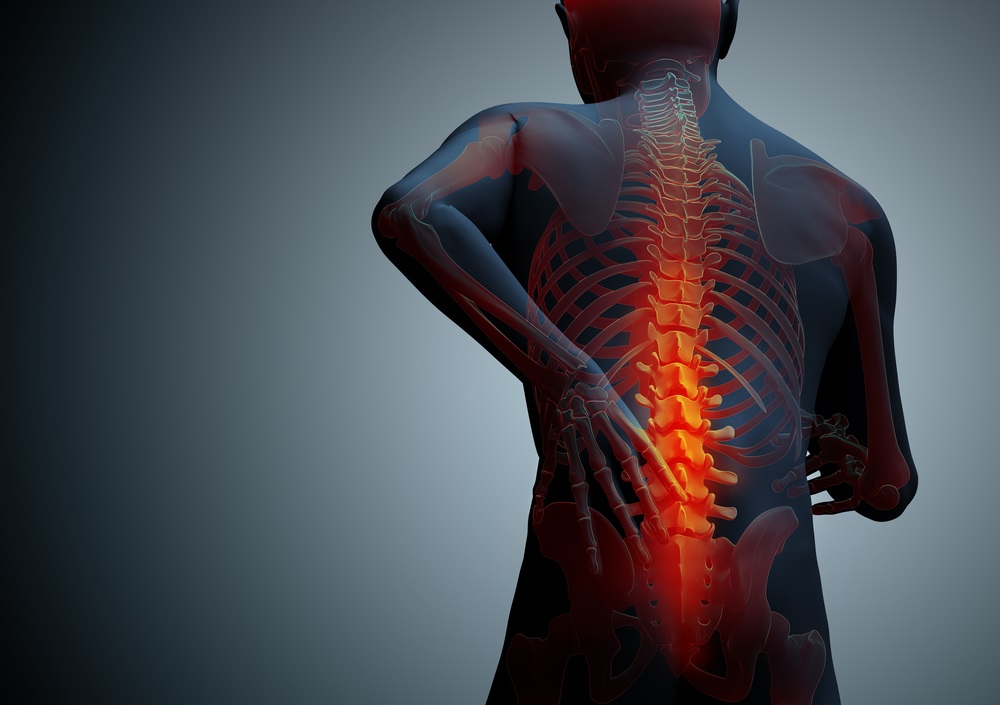If you have been experiencing pain for weeks or months, it could be more than an ordinary ache. Chronic pain is defined as any physical discomfort lasting more than three months and includes sensations such as sharp stabbing pains, throbbing aches, burning sensations, electric shock-like feelings, or other forms of ongoing discomfort.
Although its exact source can often remain unknown due to multiple possible underlying causes, there are ways of effectively managing and treating chronic discomfort. This blog post will discuss what chronic pain is as well as various strategies that may help mitigate its potentially debilitating effects.
Understanding Chronic Pain

source: pinterest.com
Chronic pain can be both frightening and debilitating, disrupting every aspect of a person’s life. Gaining insight into its various types and causes is critical to find suitable treatments. Chronic pain comes in various forms, with three primary categories being neuropathic pain, nociceptive pain, and centralized pain.
Neuropathic pain results from damage or dysfunction to the nervous system, while nociceptive pain often arises from tissue damage or inflammation. Centralized pain occurs when the central nervous system becomes overstimulated and causes widespread discomfort without actual tissue damage. Determining its source can help initiate healing processes. With the right information and support, you can find ways to manage pain and discomfort and enhance your quality of life.
Seek Professional Advice

source: pinterest.com
Chronic pain can be a distressful and debilitating condition to live with, so it’s essential that you know when and how to seek professional assistance. If the discomfort lasts for several weeks or months, seeking medical advice from a physician may help provide an accurate diagnosis and a plan to manage and alleviate pain from medical conditions like arthritis, fibromyalgia, or cancer. Don’t suffer in silence. Reach out and ask for help and take the first steps toward living free from discomfort.
Effective Strategies to Treat Chronic Pain

source: pinterest.com
Living with chronic pain can be debilitating. Yet, with effective strategies in place, it can be managed and decreased through physical therapy, psychological counseling, medication management, alternative therapies, or any combination of these approaches.
Physical therapy seeks to increase muscle and joint mobility and decrease inflammation, while psychological counseling addresses both the psychological and emotional consequences for an individual living with chronic pain, helping them cope more effectively with it. Medication management provides relief by treating any underlying conditions that contribute to pain. Alternative therapies like acupuncture and massage may also offer temporary comfort. Creating a personalized treatment plan using these strategies may offer greater long-term pain relief.
Stem cell therapy has long been utilized as a form of cancer and autoimmune disease treatment, yet recent studies suggest its potential use to combat chronic pain as well. Stem cell therapy works by injecting healthy stem cells into the body, which then trigger its natural repair mechanism, helping reduce inflammation and foster tissue regeneration while simultaneously improving overall health and decreasing chronic discomfort. If you are searching for new strategies to manage chronic discomfort, stem cell therapy may offer new hope. Give it some serious consideration.
How Diet Affects Chronic Pain

source: vcmpt.com
Chronic pain can be an ongoing struggle that drastically decreases a person’s quality of life. While medical treatments exist for chronic discomfort, changing your diet can play an integral role in aiding recovery. Proper nutrition is key to overall health, and research suggests that certain foods and nutrients may help alleviate chronic pain symptoms.
Anti-inflammatory foods like leafy greens and omega-3 fatty acids have been proven to decrease pain intensity and enhance joint mobility. Cutting back on processed food consumption and sugar can have a similarly beneficial impact on chronic pain conditions. By making small adjustments in their diet, individuals living with chronic pain can take an active part in their own healing processes.





